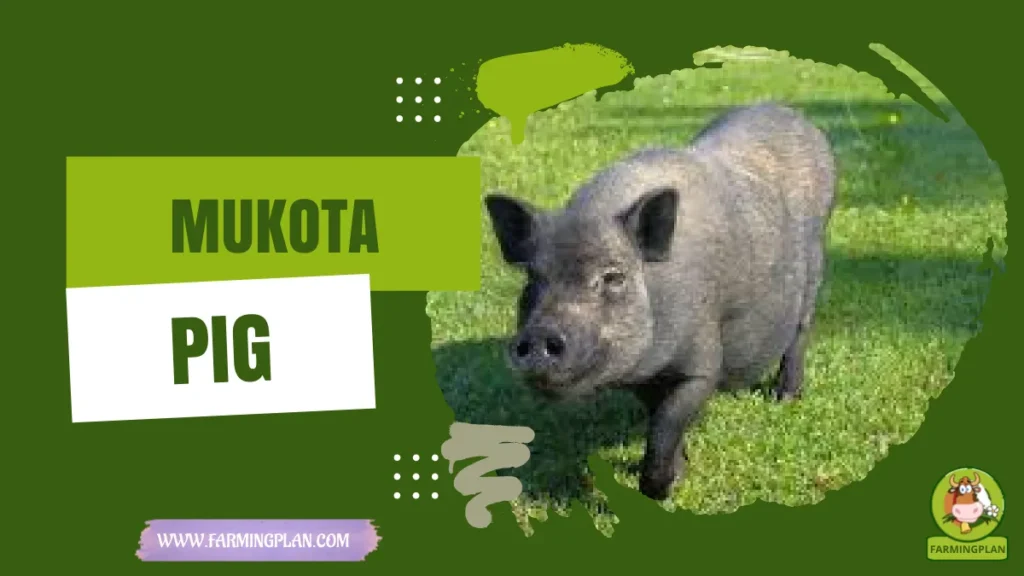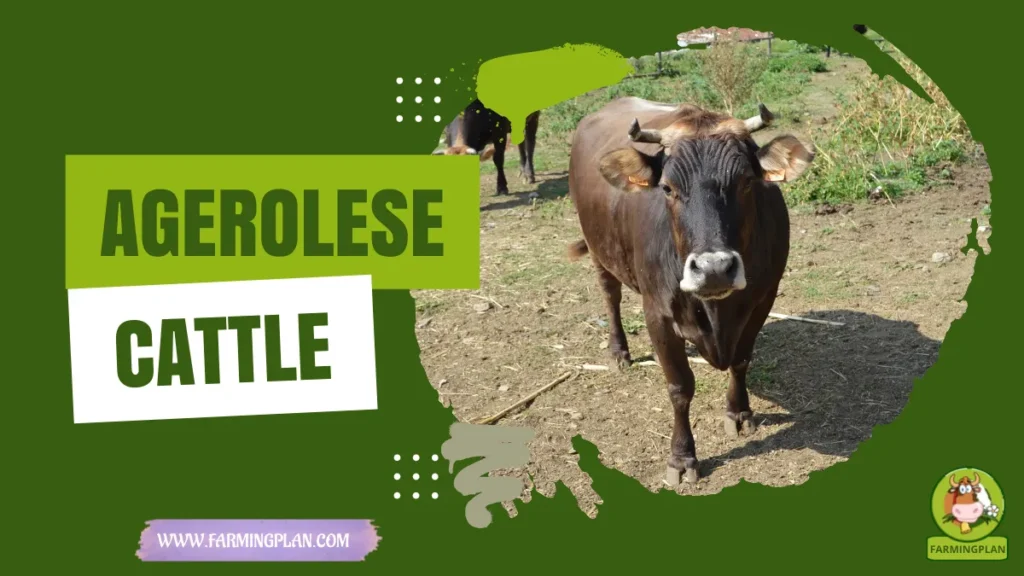The White Horned Heath sheep is a breed that originated in the early 1900s. Its name is attributed to the place of its origin, to the color of its coat, and to the horns that it possesses. Formerly this race existed with the black horns, however today the horns are clearer, and the dark horns came to their extinction. The White Horned Heath was developed from the gray breed horned heath. This breed is usually obtained in the Heath area, north of Germany.
White Horned Heath Sheep are a breed of Sheep that was first developed in the early 20th century. White Horned sheep originated from Grey Horned Heath Sheep and was divided into White Polled and White Horned at the beginning of the 1900s. The White Polled Heath Sheep is also known as Moorschnucke.

Characteristics of White Horned Heath Sheep
The White Horned Heath sheep is a large medium breed. The male weight is between 65 to 75kg and reaches between 55 to 60cm in height. While females weight between 45 to 50kg and they reach 50cm in height.
The male and female come to have horns, which come out above the ears, grow in a spiral form and become large. Although members of this breed have been observed without horns. On the other hand, the ears are small and these grow horizontally without inclination.
The color of its coat is white, all around its body. The only places where it does not develop with intensity are on the face and on the legs. The females of this species can produce between 1.8 and 2 kg of wool in the year, while the males can produce 3.5 kg. When the spring is over, it is time to shear these species.
Its wool is a combination, between fine wool and coarse wool, which grows to 5 to 10cm. It is a resistant breed, so it adapts easily to changes in climate and the different flora and fauna around it.
Food
The White Horned Heath sheep are kept throughout the year being grazed. So your diet is based on herbs, leaves, grass, and certain grasses.
Usage
The White Horned Heath sheep is a dual-purpose breed. Farmers raise them by producing their meat which is of excellent quality, and the taste resembles deer meat. They even use it for gourmet dishes and it is considered a delicacy. In the same way, this breed is produced by the production of its wool.
Special Feature
The White Horned Heath sheep is a very active breed, so be alert when predators are stalking you. The females of this breed are considered good mothers. Lambs of this breed grow slowly and are kept fed from the mother for at least 3 months and a half.
Sheep Profile
| Sheep name | The White Horned Heath Sheep |
| Other Name | Any |
| Sheep Purpose | Meat, and wool |
| Coat color | White |
| Weight | 45 to 75 Kg |
| Climate Tolerance | All climates |
| Country of Origin | Germany |
FAQ
What color is the coat of the White Horned Heath sheep?
The White Horned Heath sheep has a white coat with black and brown markings. The white color is the most dominant, covering the majority of their body. The black and brown markings appear mainly on their face, neck, legs, and tail. These markings are usually in the form of stripes or spots and can vary from sheep to sheep. They have a medium-length wool coat that helps them stay warm in cold temperatures. The White Horned Heath sheep also has two distinctive horns that protrude from the top of their head, making them easily identifiable among other breeds of sheep.
What are the origins of the White Horned Heath sheep?
The White Horned Heath sheep is an ancient breed of sheep that originated in the Scottish Highlands. It is believed to have descended from a now extinct breed known as the Hebridean, which was found on the Hebridean Islands off the west coast of Scotland.
Conclusion
If you are looking for a new breed of sheep, the White Horned Heath is worth considering. With its origins in Germany and white coat, this race is hardy with good production traits like fertility and prolificacy. The black horns that it originally had have disappeared over time as well; if you ever come across one keep an eye out because they may be rare! This blog has hopefully given you all the information you need to make your decision about whether or not this race would fit into your herd’s needs. Good luck choosing your next livestock addition!
As A Reference: Wikipedia


